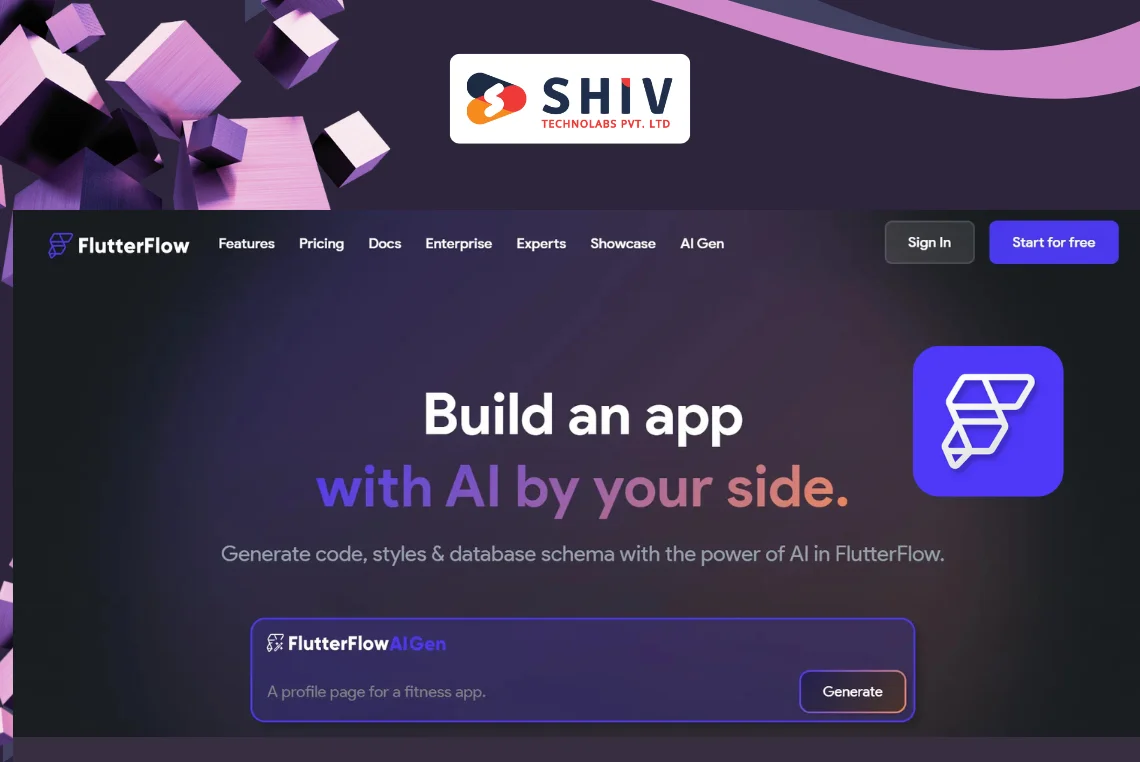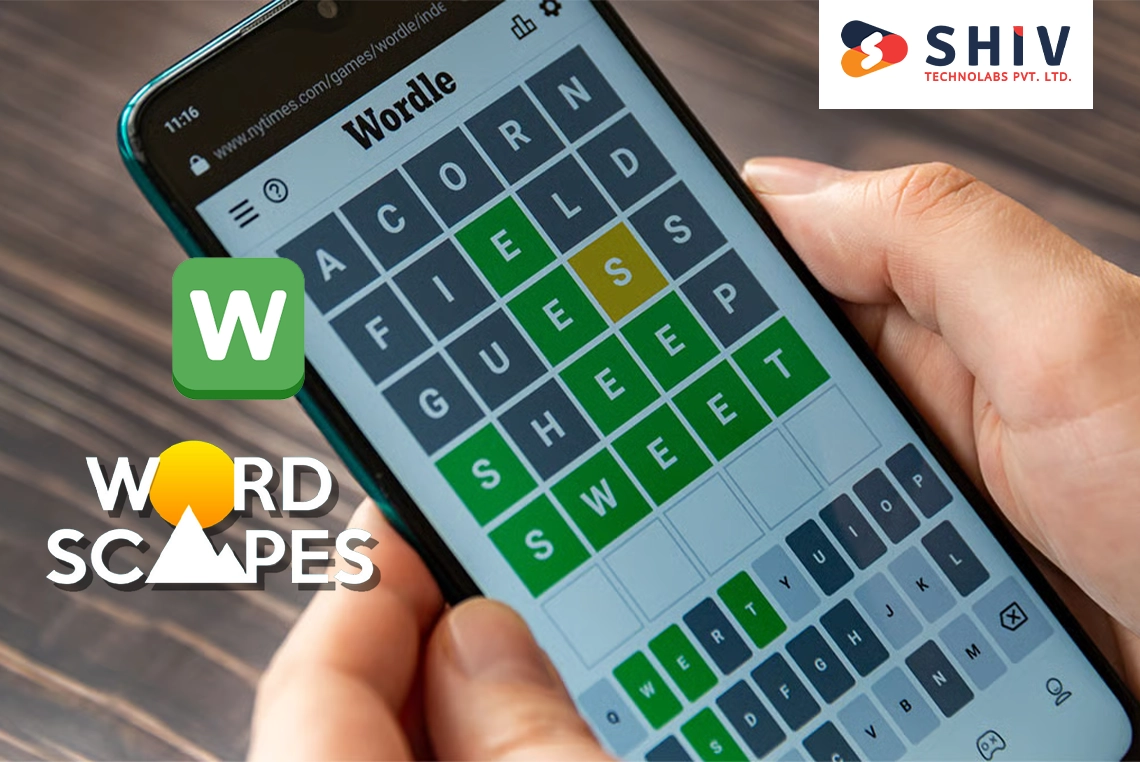Table of Contents
With the increasing reliance on technology in education, a school management system can significantly streamline day-to-day operations for administrators, teachers, students, and parents. Flutter offers a powerful toolkit for developing such an app, thanks to its cross-platform capabilities, which allow you to create an application for Android, iOS, and even web platforms from a single codebase. This guide will cover the initial steps involved in building a school management app, starting from gathering requirements to implementing essential features.
Step 1: Understanding Requirements and Setting Up the Environment

Before beginning development, it’s crucial to establish a clear understanding of the software’s purpose and the needs of its users. A school management app typically has four main types of users: administrators, teachers, students, and parents. Each group will have different permissions and functionalities within the app:
- Admin Portal: Admin users can manage overall system settings, schedules, and access permissions, enabling them to oversee all school activities.
- Teacher Module: Teachers need tools to track attendance, grade assignments, and communicate with students and parents.
- Student & Parent Portal: Students and parents should be able to access schedules, grades, and important school announcements in a user-friendly manner.
Once these requirements are clarified, set up your development environment. Install the Flutter SDK, configure your preferred IDE (like VS Code or Android Studio), and set up Android and iOS emulators or physical devices for testing.
Step 2: Designing the User Interface

With a solid understanding of the requirements, you can start designing the user interface. Flutter’s widget library provides an extensive array of options for creating interactive and visually appealing UIs. An intuitive and user-friendly design is essential, as users may vary in tech-savviness.
- Navigation Layout: Implement a bottom navigation bar or a side drawer for quick access to major sections like “Dashboard,” “Assignments,” “Grades,” and “Messages.”
- Color Scheme and Branding: Choose a professional color scheme that is easy on the eyes and aligns with the school’s branding guidelines, if available.
- Interactive Widgets: Use widgets like ListView for displaying announcements and GridView for organizing class schedules, creating a clean and organized layout.
Consider accessibility when designing the interface to ensure it caters to users of all ages and technical abilities.
Step 3: Implementing Authentication
Security is a major concern in any school management software, especially with sensitive student data involved. Firebase Authentication is a reliable choice for managing user access and ensuring data security.
- Set Up Firebase: Integrate Firebase with your Flutter project to handle user authentication. Follow Firebase’s setup instructions to add both Android and iOS configurations to your project.
- Role-Based Access Control: Implement roles (like admin, teacher, student, and parent) to manage different levels of access within the system. For instance, admins can view all information, teachers can update attendance and grades, and students can only access personal schedules and grades.
Step 4: Building the Backend
The backend is the foundation for data storage and management in a school management system. Several backend options work well with Flutter, such as Firebase, MongoDB, or a REST API linked to a SQL database.
- Choosing the Database: Firebase Realtime Database or Firestore is ideal for small to medium-sized schools and allows real-time updates across the app. For more extensive systems, consider a custom backend with REST APIs.
- Data Structure: Design your database with organized collections like Users, Classes, Grades, Attendance, and Notifications. This structure will make data querying and management efficient.
Step 5: Developing Key Features – Attendance and Timetable Management
Attendance and timetable management are essential features in a school management system, allowing teachers to easily manage class schedules and track student attendance.
Attendance Tracking:
Develop a form widget for teachers to mark attendance. Each form should capture data for the class, date, and student attendance status (present or absent).
Use Firebase Realtime Database to record attendance in real-time and make it accessible for students and parents to view.
Timetable Management:
Use Flutter’s Table widget or custom layouts to display each class’s schedule, with days and periods clearly marked.
Allow administrators to update schedules to reflect changes, and notify students and parents when these updates occur.
Step 6: Creating the Grading System
An effective grading system allows teachers to track and update student performance while giving students and parents an overview of academic progress.
Grade Input and Management:
Build an intuitive interface where teachers can enter grades for assignments, tests, and exams. Teachers should have the option to categorize evaluations, linking each grade to a specific subject and term.
Add fields for feedback or comments, allowing teachers to provide context to each grade.
Report Generation:
Use a PDF generation library like flutter_pdf to create formatted report cards that students and parents can download. Customize reports to include individual subject grades, term performance, and teacher comments.
Consider adding a GPA or overall score summary, helping students and parents quickly assess academic standing.
Step 7: Enabling Communication Tools
Effective communication is crucial in school management software, as it keeps everyone informed about schedules, updates, and performance.
Push Notifications:
Use Firebase Cloud Messaging (FCM) to send notifications for updates on assignments, attendance changes, or important announcements. This feature keeps users updated in real-time.
Configure notifications based on user roles, so that relevant messages are sent to the right groups (e.g., assignment updates for students, policy updates for parents).
In-App Messaging:
Add a messaging system to allow direct communication between teachers and parents. This feature facilitates discussion about academic progress, behavioral concerns, and other relevant topics.
Use Firebase or another backend to store and organize chat threads, ensuring that users can easily reference previous messages.
Step 8: Integrating Fee Management
A fee management system is essential for tracking payments, issuing reminders, and managing invoices, offering convenience for both schools and parents.
Fee Tracking:
Create a dashboard where parents can view their payment history, outstanding balances, and due dates. Clear summaries of each student’s dues ensure that parents have easy access to important financial information.
Integrate online payment gateways like Stripe or PayPal to enable quick and secure payments, making fee management hassle-free.
Invoicing:
Automate invoice generation and allow parents to download invoices directly from the app, ensuring they have records of all payments.
Design invoices with important details like payment breakdowns, deadlines, and unique identifiers to assist in tracking and organization.
Step 9: Testing and Debugging
Thorough testing is essential for a smooth user experience. Since school management software handles sensitive data, rigorous testing ensures reliability and security.
Unit Testing:
Perform unit tests for all major functionalities, such as attendance tracking, grade input, and notification delivery. Unit tests help verify that each function operates as expected.
User Testing:
Gather feedback from actual users to refine usability. Teachers, students, and parents can provide insights into the app’s ease of use, which is invaluable for making user-centered improvements.
Cross-Platform Testing:
Test the app on multiple devices and operating systems to verify consistency across platforms, ensuring all users have a reliable experience.
Step 10: Launching and Maintaining the Software
Once development and testing are complete, prepare the app for launch and plan for ongoing maintenance to keep it running smoothly.
App Distribution:
Publish the app on Google Play and Apple App Store. Ensure it meets each store’s guidelines on privacy and security, especially given the app’s focus on student data.
Ongoing Maintenance:
Set up a maintenance plan to address bug fixes, feature updates, and performance improvements. A dedicated support team can handle user questions, ensuring the app remains effective and helpful.
Conclusion
Creating a school management app with Flutter provides an accessible, multi-platform solution for educational institutions. Following these steps, you can build a feature-rich system that meets the needs of students, parents, teachers, and administrators, making daily school operations more efficient and transparent. This two-part guide covers both the foundational and advanced aspects of development, helping you deliver a functional, user-friendly tool tailored to the modern educational environment.
Partner with Shiv Technolabs, a trusted Flutter software development company, to create a school management solution that empowers schools with efficient and accessible tools. Our Flutter development services deliver customized applications that bring value to students, teachers, and administrators alike. Shiv Technolabs is dedicated to building high-quality, reliable software tailored to your educational management needs, creating smooth, user-friendly experiences for everyone involved. Let us help you bring your school’s vision to reality with a Flutter-based app that truly supports your goals.




















